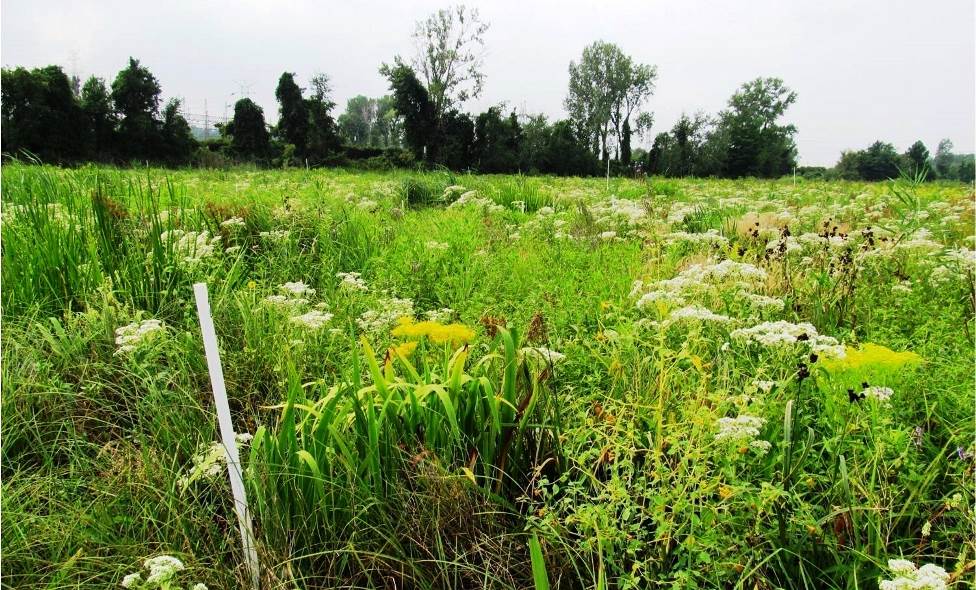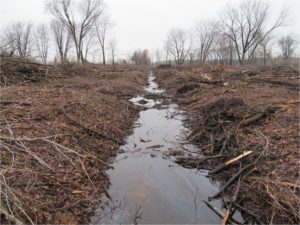Located just south of Lake Michigan in the Indiana Dunes National Lakeshore, the Great Marsh provides crucial wetland habitat for a variety of native wildlife and plants. Migratory birds such as the sandhill crane rely on the Marsh for nesting sites.
The Great Marsh also plays a critical role in filtering out nutrients and other pollutants from stormwater runoff, preserving the water quality of Lake Michigan. Yet despite its ecological importance, the Great Marsh has been significantly altered by centuries of human activities.
Developers in the 19th century constructed a series of ditches to drain the Great Marsh, converting much of its wetlands to other land uses such as agriculture and industry. The ditch system divided the Great Marsh watershed into three distinct watersheds, fragmenting its wetland habitat and disrupting its natural hydrology.
This has reduced the ability of the Great Marsh to absorb stormwater, increasing the flow of polluted runoff into Lake Michigan and increasing basement floodings in nearby communities. Altering this ecosystem has also allowed trees and invasive plants such as hybrid cattail and reed canary grass to displace native plant communities, degrading the habitat quality of the Great Marsh.
Thanks to a grant from the Great Lakes Restoration Initiative, the U.S. National Park Service is restoring the Great Marsh ecosystem.
Workers removed much of the existing ditch system by filling the ditches with soil, and by plugging culverts draining the Marsh. Workers then removed trees and invasive plants that had colonized the Great Marsh to allow a more healthy and natural ecosystem to develop. Workers replaced the invasive with native plants, and dispersed seeds from other areas of the park to reestablish a native seed bank. Removing the ditch system has partially restored the marsh’s natural hydrology and increased its ability to absorb more stormwater.
Workers removed invasive plants that had colonized the Great Marsh to allow a more healthy and natural ecosystem to develop. Photo courtesy of Dan Mason.
runoff and filter out pollutants, significantly improving Lake Michigan’s water quality.
All photos courtesy of Dan Mason.


